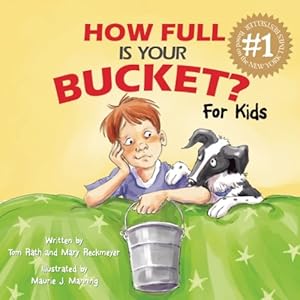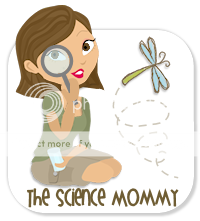The teacher in me feels compelled to share..."By the time most children start school they will have been exposed to 5 million words and should know about 13, 000 of them. By High School they should know about 60,000 to 100,000 words... Reading is one of the most important factors affecting the development of a child's brain. Reading skills are not hardwired into the human brain; every subskill of reading...must be explicitly taught." (Teaching With Poverty in Mind by Eric Jensen) Children who don't have the advantage of reading and being read to at home enter school at a disadvantage and that disadvantage grows each year. Keep reading with your Kid Scientists!
Here are three books my Kid Scientists LOVE...
The Pebble in My Pockettells the story of a pebble...any pebble you can pick up. Read about the rock cycle and the story a pebble can tell in this beautifully illustrated book. Then, go out and find rocks with your Kid Scientists...what stories do you imagine your rocks could tell?
Arrowhawk is the true story of a hawk that was shot with an arrow and survived. Told from the perspective of the hawk, and illustrated with water colors, this story is amazing. Not only will children learn about wildlife rehabilitation but also about courage and strength.
How Full is Your Bucket is not necessarily a science book, but it is a great book for kids. Each person has an invisible bucket and our interactions either add to their buckets or dip from their buckets. This book opens the conversation about compassion and understanding with even preschool age kids. {It also lends itself well to sibling quarreling}
Happy Reading!





























0 Science Moms have commented...:
Post a Comment